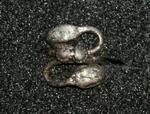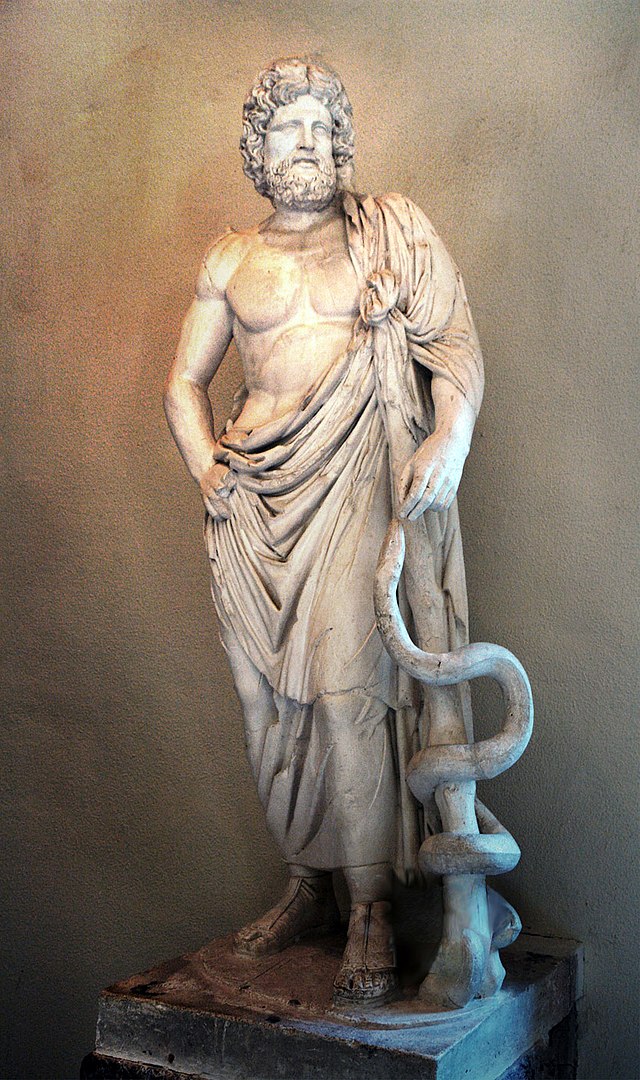In 2021, Falkirk Community Trust collaborated with Archaeology Scotland to hold the Big Dig Archaeology Festival in Milton Row, Denny, Falkirk. While preparing for the dig, some of our volunteers looked at local finds from past excavations.


The article of jewellery above is an intertwined two headed snake ring, found in an excavation in Bo’ness, from the Roman period. The connection to the Roman period remains closely connected in Scotland and Bo’ness with the history of the Antonine Wall. The Antonine Wall, and what has been found in the surrounding area, this ring included, tells us something about the Roman groups that lived, worked, and settled in Falkirk. Considering that the working, lower classes made up a bigger percentage of the population than the wealthy, it is worth discussing an important factor that was associated with jewellery – class.
One distinct aspect of Scottish society that has not left since the Roman period ended and the medieval period began, although it has evolved over the centuries, is the class system. The class we identify or fit in with still remains an integral part of modern society and consequently impacts on how we engage with, perceive, and create cultural artefacts. Jewellery is a part of culture that has always signified the rank and status of a person – as well as being worn for fashionable purposes.
This is highlighted particularly well through this piece of jewellery. Aside from the cost of different jewellery materials (for example iron or bronze), symbolism played a big role in identifying the wearer with a group or class of people. Jewellery was another aspect of Roman, and later British culture, which was influenced by the ancient Greeks, along with architecture and politics. This snake ring, made of iron, says a lot about the social status of whoever wore it. Iron jewellery was worn by the common people, also referred to as plebians. It was the most expensive material they could afford and differentiated them from the higher classes, who wore more expensive materials.




The symbolism of the snake was associated with the ancient Greek rod of Asclepius (a serpent coiled around a rod, currently on the World health Organisation logo), associated with medicine, and the Roman god of healing and fertility, Glycon. Romans believed wrapping a snake around your body, be it real or fake, healed any illness. Solutions to health were not conceptualised in the way they are now in the modern world, and the snake was an animal that was significant in Roman culture and religion. Known and often referred to as a guardian spirit, this symbolic Roman snake has been forgotten by most during the changes, via Christianity and the Biblical serpent, into the modern world.
Although the connection is loose in terms of its relationship in today’s society – snake symbolism means something different now – something that is still relevant is the role that jewellery plays in how people perceive your social status and class identity. The symbolism of the snake for the Romans meant something similar to, for example, Celtic knots in Scottish society and culture; both images carry meanings and sentiment which are conveyed when people wear them on pieces of jewellery. So to conclude, this snake ring is important as it shows the flickers of the Romans in Falkirk beginning to establish a more formal class system that has filtered down to modern society through culture and religion. We can trace this history through jewellery.
By Saffron Cunningham, Big Dig and Dig to Display volunteer.

